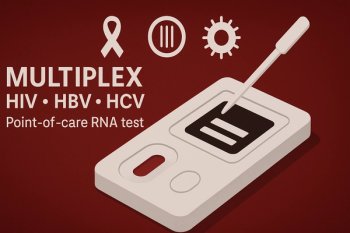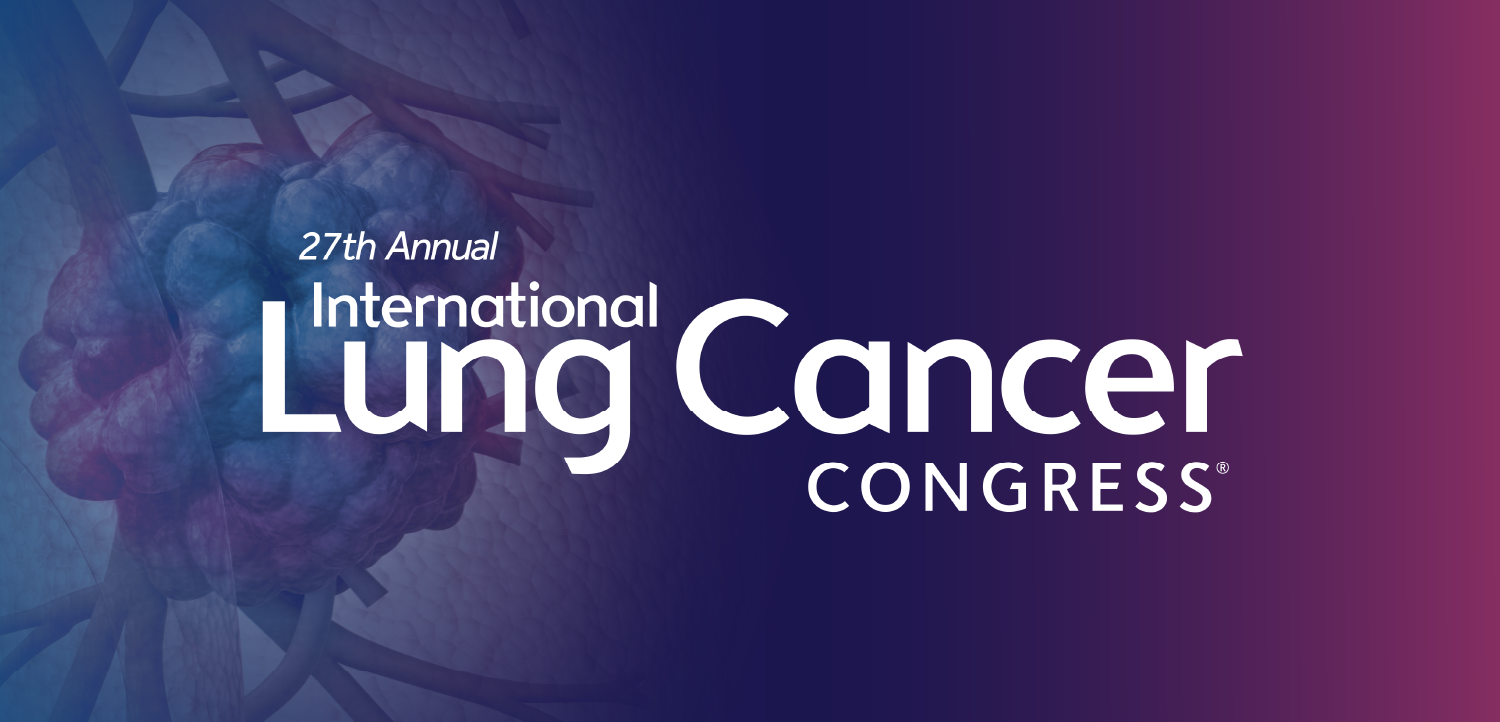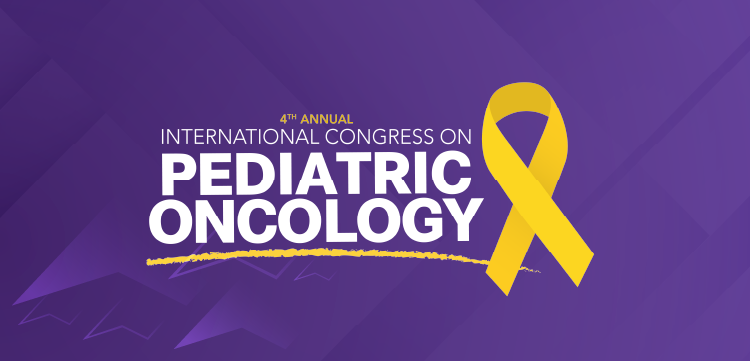
Skilled Nursing Facilities Face Spikes in Deaths, Drops in Admissions
Skilled nursing facilities are facing an unprecedented crisis as deaths rise amid the COVID-19 pandemic while admissions and patient census decline, a new study shows.
Deaths have skyrocketed at skilled nursing facilities (SNFs) during the
“SNFs are facing an unprecedented crisis—a rapid wave of infection and mortality that could bring any organization to its knees,” lead author Michael L. Barnett, MD, MS, assistant professor, health policy and management, Harvard T. H. Chan School of Public Health, told Contagion®. “The rapidity and magnitude of this crisis means that SNFs need as much help as they can get from federal and state agencies.”
The study,
“We were not prepared for the magnitude of the mortality spike in the SNFs in our sample. It was sobering and tragic,” Barnett said.
While the study did not include cause of death, it noted that the rise in mortality followed a similar pattern to coverall COVID-19 deaths regionally. In 41 states reporting deaths at SNFs, 50,185 residents died of COVID-19 as of June 18, accounting for 45% of statewide COVID-19 deaths, according to a report from Henry J. Kaiser Family Foundation.
“Long-term care is at the center of the COVID-19 pandemic and will not recover without our advocacy and attention,” Barnett said.
The study assessed data from SNF electronic health records aggregated by CarePoint Health. Mortality rates at sample SNFs in Cleveland rose to 6.3 per 1,000 residents per week during March-May compared with 4.9 during the same time in 2019. In Detroit, the mortality rate rose to 7.9 from 3.5, and New York City saw an ever greater rise to 13.8 from 4.1. During the peak week in April, mortality rates were 17.4 per 1000 residents per week in Detroit and 36.3 in New York City.
Weekly admissions declined during the March-May time period compared with a year early with adjusted incidence rate ratios of 0.59 in Cleveland, 0.63 in Detroit and 0.75 in New York City. Patient census also declined to an average of 90.6 in 2020 vs 104.5 in 2019 in Cleveland, 102.7 vs 129.7 in Detroit and 235.2 vs 283.6 in New York City.
The drop in patient census may reduce revenue at SNFs during a time when the facilities saw the greatest need for more resources to address the pandemic.
“We need to better understand how to enable SNFs to avoid the spread of infection once established in their facility,” Barnett said.
In March, the World Health Organization, Centers for Disease Control and Prevention and Centers for Medicare & Medicaid Services issued
Since then, ongoing research has continued to shed light on the novel coronavirus, SARS-CoV-2, which causes COVID-19, such as the role of
Newsletter
Stay ahead of emerging infectious disease threats with expert insights and breaking research. Subscribe now to get updates delivered straight to your inbox.













































































































































































































































































































